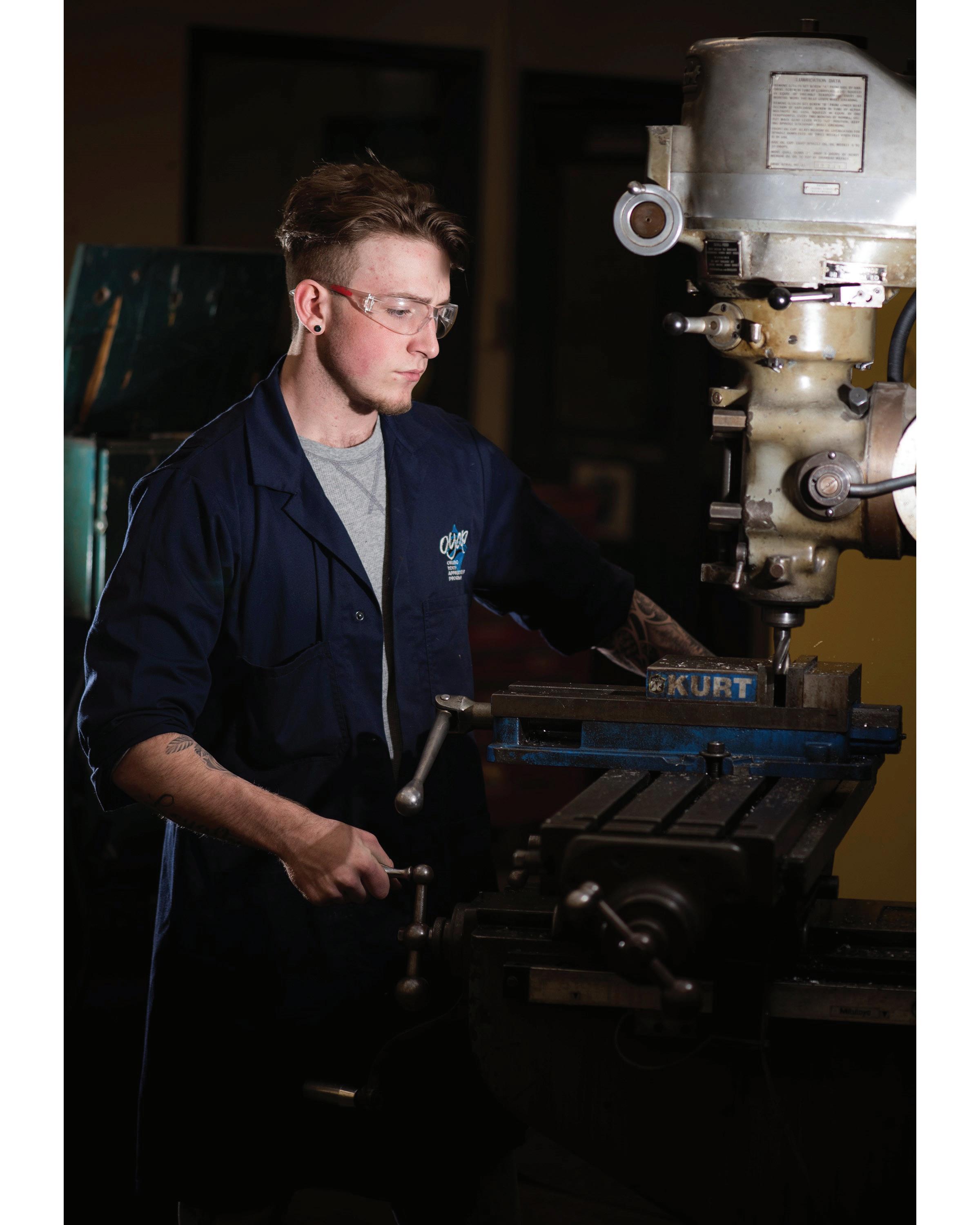
2 minute read
Black History Month events includes history of Amherstburg Freedom Museum
By Ron Giofu
The Amherstburg Freedom Museum has helped in co-promoting Black History Month events this year with a recent event showcasing the museum itself.
“It Started With a Dream – The History of the Amherstburg Freedom Museum” was presented last Thursday night in the River Bookshop’s “Hole in the Wall” upstairs event space. The bookshop was the other co-promoter of recent Black History Month events.
Amherstburg Freedom Museum curator/administrator Mary-Katherine Whelan pointed out the museum was founded by Melvin “Mac” Simpson and Betty Simpson. Whelan pointed out it was founded in 1975 as the North American Black Historical Museum.
“We are a community-based, non-profit museum that tells the story of African-Canadians’ history and contributions by preserving and presenting artifacts that educate and inspire,” said Whelan.


“The museum was created to enlighten the people of Canada and tourists regarding Black History and participation in the growth of this great country of ours,” Mac Simpson stated at the beginning of the museum’s existence, in a quote read by Whelan.
The groundbreaking for the current museum building was in 1979, assistant curator Dr. Lorene Bridgen-Lennie stated. When the building opened, over 500 guests came to its opening including thenMayor Garnet Fox, Essex-Windsor MP Eugene Whelan and Essex-South MPP Remo Mancini. Dr. Dan Hill, who was a historian and former president of the Ontario Black History Society, praised the significance of the museum.
The museum changed its name in 2015 on the occasion of its 40th anniversary, Bridgen-Lennie stated, and it became what is now known as the Amherstburg Freedom Museum. The name change was to emphasize its connection to people seeking freedom, she noted.
“In addition to sharing Amherstburg’s stories of the Underground Railroad and the compassion and solidarity it took to make this network possible, the Amherstburg Freedom Museum collects, protects, interprets, researches, educates and exhibits a collection of artifacts of historical and cultural value,” said Bridgen-Lennie.
museum’s grounds, was constructed in 1848 but the congregation dates back as far as 1826. It was named for Rev. Willis Nazrey.
The church was constructed by freedom seekers, who also used it as a gathering place over the years. Renovations were completed in 1888 which cost $1,100, which Whelan said translates into $44,063.90 in today’s dollars, and that included the plastering of walls, raising the roof, a new choir loft and new windows.
An annex was added to the museum in 1975. The last service was held in 1988.
By the 1990’s, the church was in rough shape and needed braces to keep walls upright and thanks to then-curator Elise Harding-Davis, over $2 million was raised for the church’s restoration.
Dr. Norm Becker was key to its preservation as well and the church became the first National Historic Site of Canada dedicated to Black history.
“It was a full circle moment because the church gave so much to the community,” said Whelan.

The history of the Taylor Log Cabin, which is now attached to the main museum building, was given and dates back to George Taylor, who came to Amherstburg in 1870. His son-in-law Thomas Thompson lived with them and his daughter Azailia and her husband William Wilson lived in the cabin into the 1970s.
Whelan pointed out Amherstburg was an important entrance point for those seeking freedom. She noted the Fugitive Slave Act of 1850 stated those who escaped enslavement and took refuge in the northern United States could be captured and forced back into slavery in the south.
The Fugitive Slave Act caused many freedom seekers to come to Canada.
Rev. Anthony Binga documented the arrival of escaped slaves, noting they came as many as 50 per day at one of its higher points.
The Nazrey AME Church, which is located on the
When William passed away, Mac Simpson took possession and incorporated it into the museum, where it has been extensively renovated over the years thanks to Ontario Trillium Fund grants.

Artifacts donated by descendants of the Underground Railroad are part of what is now in the Taylor Log Cabin.
Bridgen added the museum is present online including Facebook, Twitter, Instagram, YouTube and TikTok.
The museum is located at 277 King St., can be found online at www.amherstburgfreedom.org and by calling 519-736-5433.
February 21 March 3, 2 0 23










